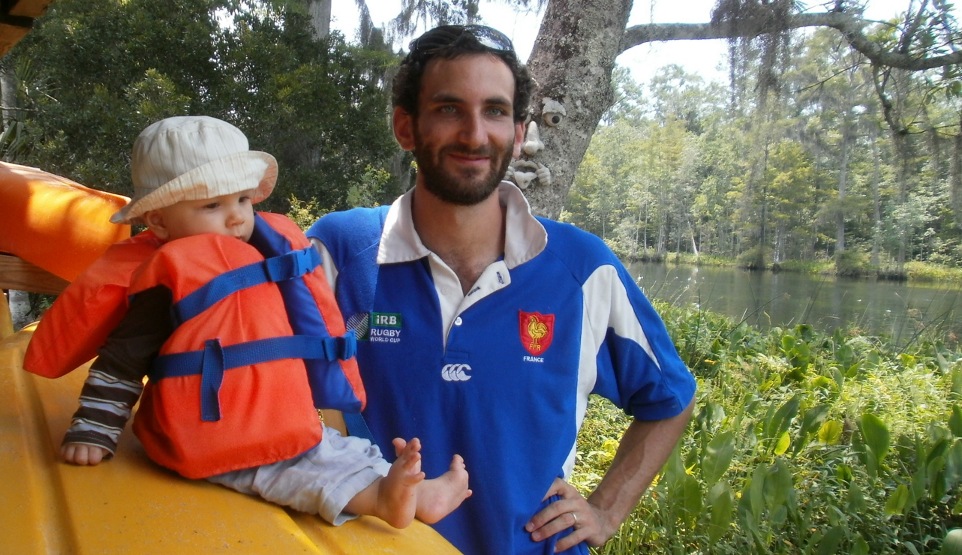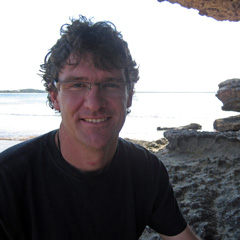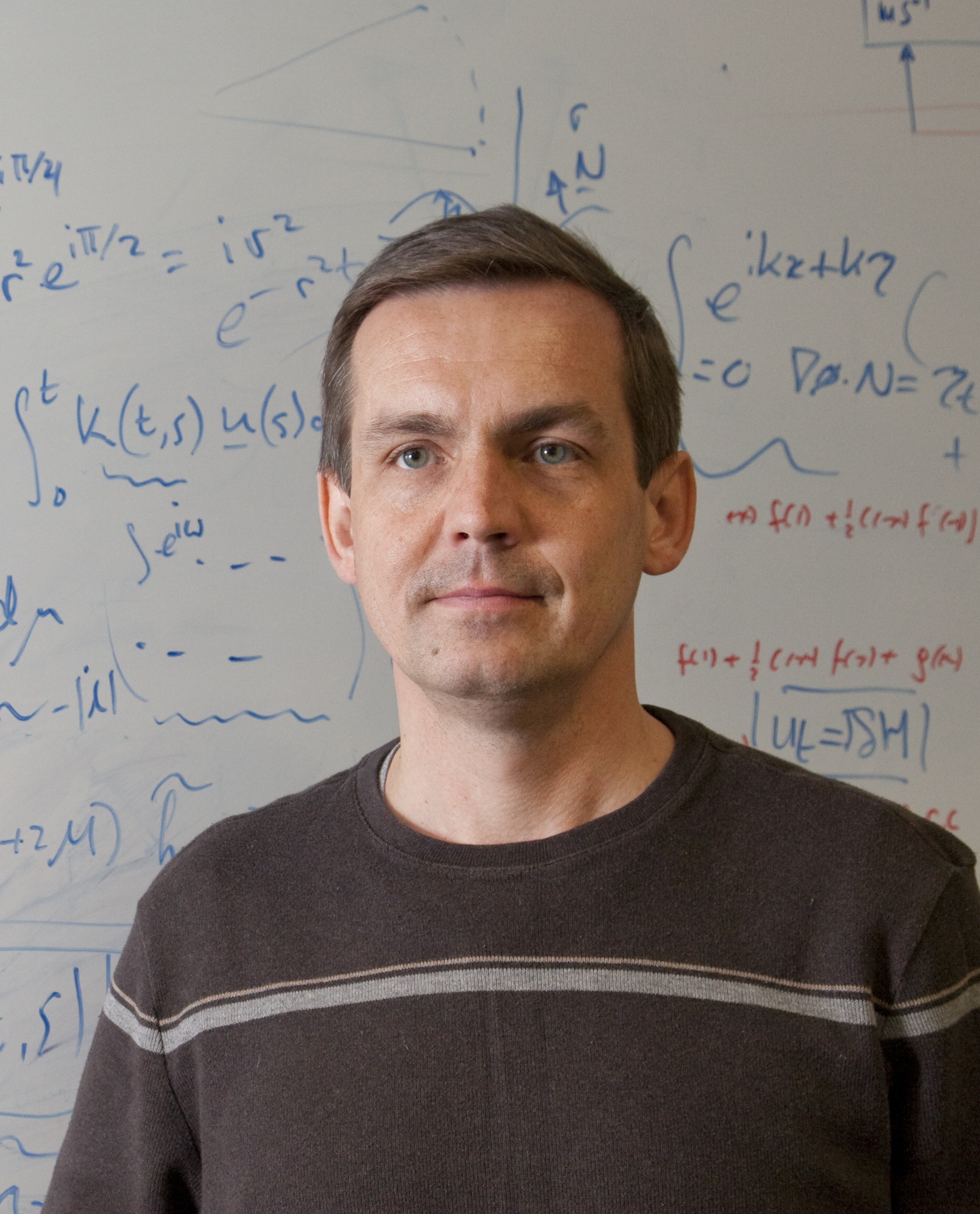A Slippery Problem
story by Helen Hill


Wall-vortex interactions. The nature of the interaction is indicated in the upper left panel, showing north–south velocity V in a plan view. The remaining panels are in the meridional/vertical plane at a distance of 125 m from the wall. Note the classic free-slip results resemble the present parameterization. No-slip is quite different - Source: Deremble et al., (2011).
This month we focus on work by Bruno Deremble (FSU), Andrew Hogg (ANU, Canberra), Pavel Berloff (IC, London) and Bill Dewar (FSU). Deremble and co-authors have been using MITgcm to revisit the problem of no-slip boundary conditions in ocean models.
Recently accepted for publication in Ocean Modeling, in On the application of no-slip lateral boundary conditions to ‘coarsely’ resolved ocean models Deremble et al. revisit the problem of no-slip boundary conditions in ocean models. They argue that the setting is consistent with classical Law of the Wall theory which states that the average velocity of a turbulent flow at a certain point is proportional to the logarithm of the distance from that point to the “wall”, or the boundary of the fluid region, with the result that rendering of no-slip boundary conditions is modified from typical practice in ocean models. Implementing the proposed modified boundary condition formulation in MITgcm, the team present comparisons with classically formulated free-slip and no-slip cases. Deremble et al. conclude that their results lie somewhat between the two cases, though generally closer to free-slip than no-slip.
Deremble started using MITgcm just about a year ago. He uses it, in particular to perform high resolution experiments in the Gulf Stream area. Working with Dewar and Dr Nico Wienders at FSU, he is trying to understand how air sea fluxes in this region affect mode water formation. “CheapAML: A simple, atmospheric boundary layer model for use in ocean-only model calculations”, also involving MITgcm, is under review for publication in Mon. Wea. Rev.
MITgcm.org has reported on work involving Hogg and Dewar, before. Dewar and Hogg, 2010, Topographic inviscid dissipation of balanced flow, outlined a new mechanism for the direct excitation of unbalanced flow by balanced dynamics, depending only on topography and stratification. Using analytical arguments, the pair showed that when both ingredients are present, balanced flow close to the topography can arrest and efficiently excite high mode internal boundary waves. Simulations using MITgcm were used to demonstrate that these dynamics can lead to features resembling hydraulically critical flow, in which local dissipation and mixing appear to be commonplace.
Finally, look out too for new work “Submesocale generation by boundaries” by Dewar, Berloff and Hogg currently under review at J. Mar. Res.
References
Deremble, B., A. Hogg, P. Berloff and W. Dewar
On the application of no-slip lateral boundary conditions to ‘coarsely’ resolved ocean models
Ocean Modeling, Volume 39, Issues 3-4, pp. 411-415
Deremble, B., N. Wienders and W. Dewar
CheapAML: A simple atmospheric boundary layer model for use in ocean-only model calculations
Monthly Weather Review (submitted)
Dewar W. and A. Hogg (2010)
Topographic inviscid dissipation of balanced flow
Ocean Modelling, Volume 32, Issues 1-2, pp. 1-13, The magic of modelling: A special volume commemorating the contributions of Peter D. Killworth – Part I, doi:10.1016/j.ocemod.2009.03.007
Dewar, W., P. Berloff and A. Hogg
Submesoscale generation by boundaries
Journal of Marine Research (under review)





